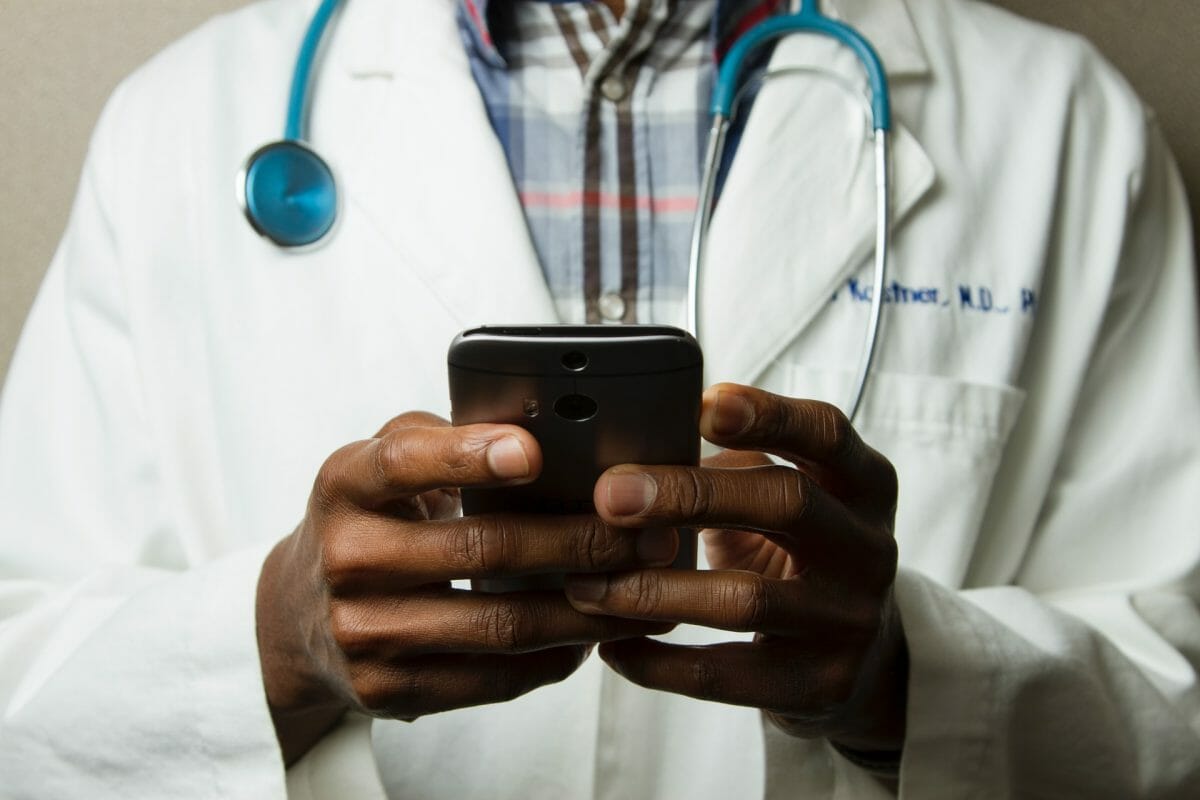Remote patient monitoring is one of the most effective and efficient tools available right now for chronic disease management. Years and years of documentation, studies, and various investigative queries – by different institutions – have amassed solid evidence for the benefit of RPM — and how it is not only shifting the paradigm when it comes to patient care but redesigning what healthcare will look like in the future. Multiple reports have outlined how remote patient monitoring can be leveraged to reduce error, create better patient care, and cut back on costs associated with chronic disease management. In this article, we’re to highlight some of the reasons why many institutions are making the change toward remote patient monitoring systems and implementing them to improve their patient’s quality of life.
Guide created by FISSO
What is remote patient monitoring?
Remote patient monitoring, as the name dictates, is a methodology or system by which medical institutions use tech in order to supervise their patients remotely. Remote patient monitoring is an emerging technology that has the potential to improve care and health outcomes for patients. It can be used in a variety of settings including hospitals, assisted living facilities, and even at home. It can also be beneficial in the workplace to help detect and prevent injury risks. With Advanced Patient Monitoring, hospitals can provide real-time data on patient information to healthcare providers. RPM also helps speed up treatment — making it more effective, and less costly, and improving the overall quality of care a person gets.
Remote patient monitoring is always evolving since it uses today’s tech and innovations — something that due to the nature of startups and the tech business is constantly improving and getting better. RPM leverages technology to monitor a patient’s health remotely. This is done primarily through the use of wearable devices, such as fitness trackers and smartwatches, that can detect vital signs, sleep patterns, and other information. The data collected from these devices can be transmitted to physicians or family members so that they can monitor a patient’s progress.
The data collected from remote patient monitoring can be used for several purposes including diagnosis, treatment, and health care management. It can also be employed for research such as in studies or clinical trials. This data is also critical for the government since it can be used to create more coherent and effective health care policy. The advantages and disadvantages of various health care policies can be assessed by comparing the outcomes in different geographical regions.
Among the data collected by these devices we can find:
- Heart rate.
- Sleep cycles.
- Blood pressure.
- Blood Oxygen levels.
- Blood Sugar.
- Activity Tracking.
Remote patient monitoring and chronic care management
Remote patient monitoring has been shown to improve chronic care management by allowing patients with these types of conditions to live more independent lives. It also helps in lowering hospital readmission rates because it allows for early detection of health problems before they become serious enough to warrant hospitalization.
These are just two of the main reasons why hospitals and other institutions are employing these types of devices. Let’s take a look at some other factors why RPM has become a game changer when it comes to chronic disease monitoring.
Unique Bio-profile
Each patient is different, and each body and its biology differs — RPM if used closely with machine learning tech as well as AI can in fact create personalized bio profiles of each patient. This allows doctors to create better treatments. Treatment that is tailor-made to each case. Treatments that take into consideration factors like the patient’s daily activities.
Improve patient experience
RPM empowers patients by giving them an education on their condition — it allows them to have insight into what is troubling them and how to improve it without the constant supervision of a trained physician. Studies have shown that in chronic disease management, this is a critical factor for success.
Monitors biometrics
By overseeing metrics such as blood pressure, sugar levels, oxygen levels, etc, doctors can keep an eye on patients with chronic diseases and prescribe “tune-ups” when necessary — without waiting for a red flag like an emergency.
Individual health plan
Insurance companies and health care providers can adjust their plans according to the patient’s unique bio-profile — giving them access to better care at more competitive prices.
What is the role of remote patient monitoring in chronic care?
Remote patient monitoring improves chronic care management by providing better access to healthcare services while reducing costs and improving outcomes for patients Remote patient monitoring is the future of healthcare because it provides a more efficient, cost-effective, and safer way to monitor patients. Although RPM has been around for a while now, it has only recently begun to be used in a widespread manner. It has the potential to change the face of healthcare as we know it.




